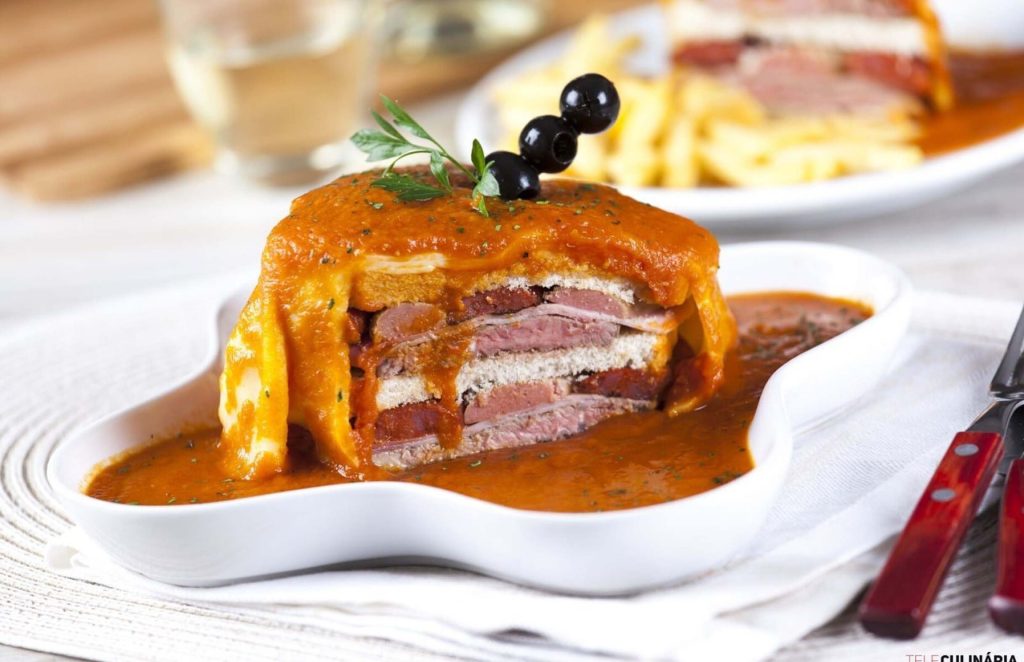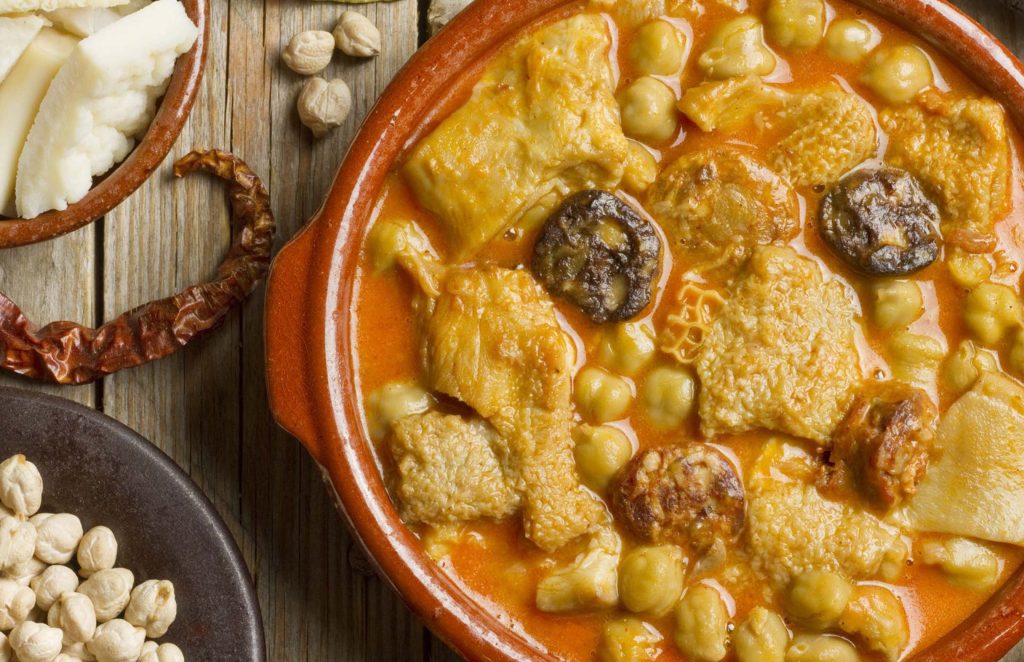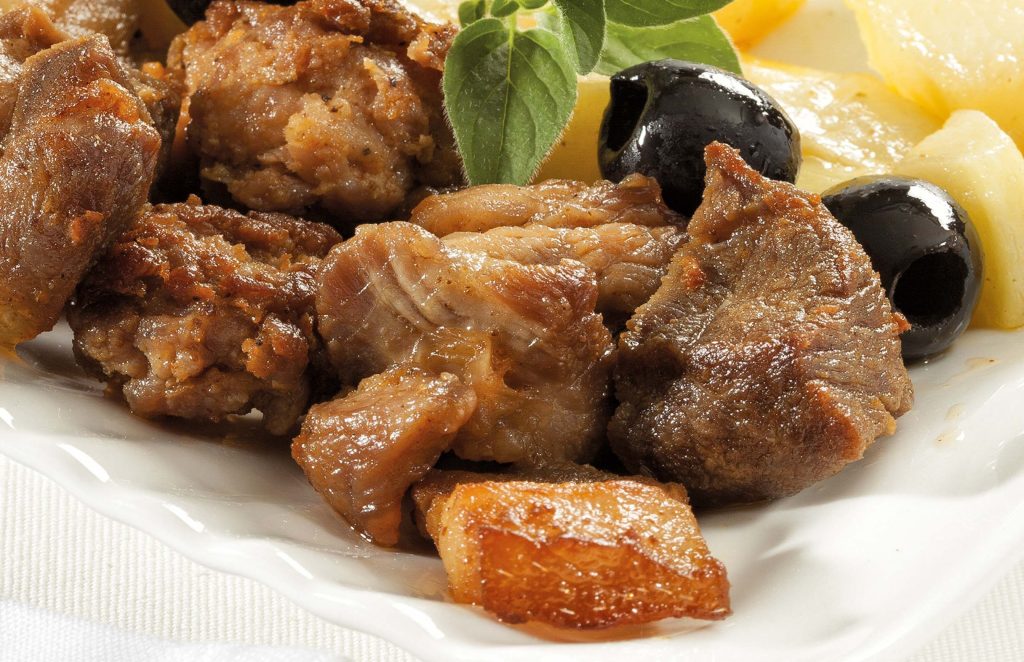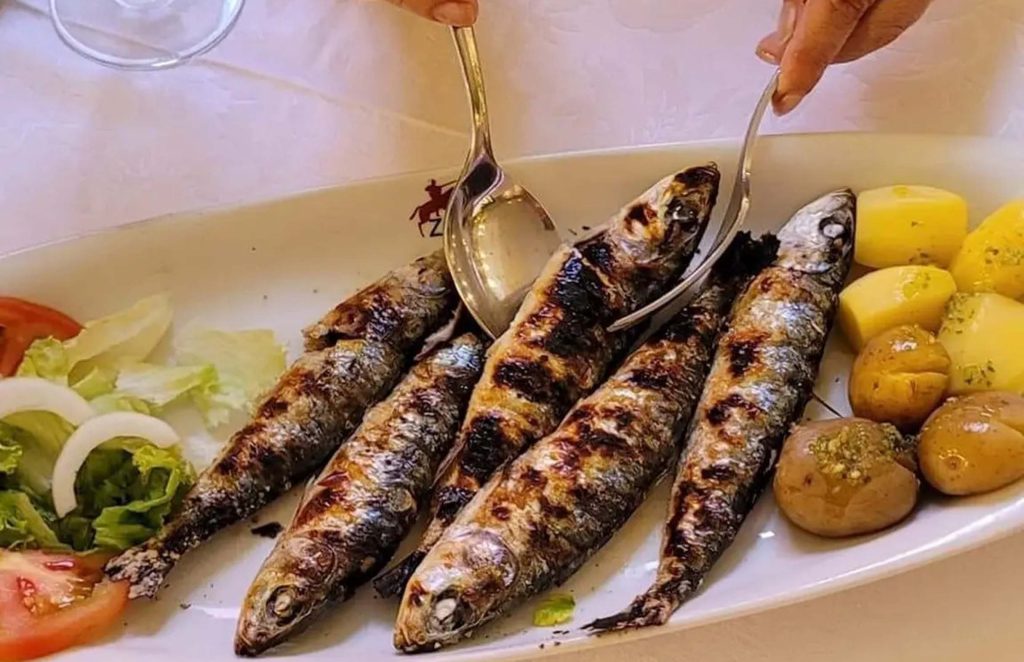Porto, a picturesque city in northern Portugal, is not only known for its stunning architecture and historic charm but also for its rich and diverse culinary scene. The city’s food culture is deeply rooted in tradition, yet it is continuously evolving, offering a delightful array of flavors that cater to both locals and visitors. This comprehensive guide explores Porto’s must-try dishes, providing a mouthwatering journey through the city’s gastronomic delights.
Give Your Tech a Second Life
Give your devices a second life with Gazelle.com
Sell your old tech or buy certified pre-owned phones and laptops — saving money while reducing e-waste.
Smart for you. Good for the planet.
1. Francesinha: Porto’s Iconic Sandwich

Francesinha, which translates to “little Frenchie,” is perhaps Porto’s most famous culinary export. This hearty sandwich is a carnivore’s dream, consisting of layers of cured ham, fresh sausage, and steak or roast meat, all encased in bread and topped with melted cheese. The entire creation is then smothered in a rich, spicy tomato and beer sauce, often accompanied by a side of fries.
Origins and Evolution:
The Francesinha was inspired by the French croque-monsieur and was brought to Porto in the 1950s by Portuguese emigrants returning from France. Over the years, it has evolved into a beloved local delicacy, with numerous variations and secret recipes passed down through generations.
Where to Try It:
– Café Santiago: One of the most famous spots for Francesinha, known for its generous portions and flavorful sauce.
– Bufete Fase: A small, no-frills eatery renowned for serving some of the best Francesinha in Porto.
– Brasão Cervejaria: Offers a gourmet take on the traditional sandwich, with high-quality ingredients and a refined sauce.
2. Bacalhau à Gomes de Sá: Classic Codfish Dish
Bacalhau, or salted codfish, is a staple in Portuguese cuisine, and Bacalhau à Gomes de Sá is one of Porto’s signature dishes. This comforting casserole features layers of shredded salted cod, thinly sliced potatoes, onions, and olives, all baked together and garnished with hard-boiled eggs and parsley.
Historical Significance:
The dish is named after its creator, José Luís Gomes de Sá, a 19th-century merchant from Porto who developed the recipe using the plentiful cod from Portugal’s fishing fleets. It has since become a beloved dish throughout the country.
Where to Try It:
– Adega São Nicolau: A cozy restaurant in the Ribeira district known for its traditional Portuguese fare, including an excellent Bacalhau à Gomes de Sá.
– O Paparico: A fine-dining establishment that offers a refined version of this classic dish in an elegant setting.
– Abadia do Porto: A popular spot with locals, offering hearty portions and an authentic taste of Porto’s culinary heritage.
3. Tripas à Moda do Porto: Hearty Tripe Stew

Tripas à Moda do Porto is a traditional tripe stew that holds a special place in Porto’s culinary history. This robust dish combines tripe with white beans, various meats (such as pork, ham, and sausage), and vegetables, all simmered together in a flavorful broth.
Historical Context:
The dish dates back to the 15th century when the citizens of Porto sent their best meats to support the troops of Prince Henry the Navigator, keeping only the offal for themselves. This act of generosity earned them the nickname “Tripeiros” (tripe-eaters), a moniker still proudly used today.
Where to Try It:
– O Comercial: Located in the historic Palácio da Bolsa, this restaurant offers a sophisticated take on Tripas à Moda do Porto.
– A Cozinha do Manel: A traditional eatery known for its authentic preparation of Porto’s tripe stew, beloved by locals and tourists alike.
– Casa Aleixo: Renowned for its hearty and flavorful Tripas à Moda do Porto, served in a cozy and welcoming atmosphere.
4. Caldo Verde: Comforting Kale Soup
Caldo Verde is a simple yet delicious soup that is a staple in Portuguese homes and a must-try in Porto. Made with finely shredded kale, potatoes, onions, and garlic, it is often flavored with slices of chouriço (Portuguese sausage) and drizzled with olive oil.
Cultural Significance:
This humble soup originates from the Minho region in northern Portugal and is traditionally served during celebrations and festivals. Its vibrant green color and comforting flavor make it a favorite among locals.
Where to Try It:
– Cozinha da Maria: Offers a homestyle version of Caldo Verde, perfect for a comforting meal.
– Taberna Santo António: A charming tavern known for its traditional Portuguese dishes, including a delicious Caldo Verde.
– Adega Vila Mea: Specializes in rustic Portuguese cuisine and serves a hearty Caldo Verde that feels like a warm hug.
5. Polvo à Lagareiro: Tender Octopus Dish
Polvo à Lagareiro is a beloved dish featuring tender, oven-roasted octopus, typically served with potatoes, garlic, and a generous drizzle of olive oil. The octopus is first boiled until tender, then roasted to achieve a slightly crispy exterior while remaining succulent inside.
Flavor Profile:
The dish is known for its rich, earthy flavors, with the olive oil and garlic enhancing the natural sweetness of the octopus. The roasted potatoes, often smashed, absorb the flavorful juices, making for a satisfying meal.
Where to Try It:
– D. Tonho: Located along the Douro River, this restaurant offers stunning views and a delicious Polvo à Lagareiro.
– O Gaveto: A seafood restaurant in Matosinhos, famous for its perfectly cooked octopus dishes.
– Taberna dos Mercadores: A small, intimate restaurant that serves a superb Polvo à Lagareiro with a traditional touch.
6. Rojões à Moda do Minho: Marinated Pork

Rojões à Moda do Minho is a traditional dish from the Minho region, featuring marinated chunks of pork loin cooked with garlic, wine, and spices. It’s typically served with pickled vegetables and, sometimes, blood sausages or cracklings.
Preparation and Taste:
The pork is marinated to infuse it with deep flavors before being slow-cooked until tender. The result is a rich, savory dish with a perfect balance of acidity from the pickled vegetables.
Where to Try It:
– A Cozinha do Martrindade: Known for its traditional approach to Portuguese cuisine, this restaurant offers an excellent version of Rojões à Moda do Minho.
– Cantinho do Avillez: Celebrity chef José Avillez’s restaurant, where traditional dishes are given a modern twist.
– Solar Moinho de Vento: A rustic eatery that serves hearty portions of this regional specialty.
7. Ameijoas à Bulhão Pato: Fresh Clams
Ameijoas à Bulhão Pato is a simple yet delectable dish of fresh clams cooked with garlic, olive oil, white wine, and cilantro. Named after the 19th-century Portuguese writer Bulhão Pato, this dish is a favorite among seafood lovers.
Flavor Experience:
The clams are cooked just until they open, ensuring they remain tender and juicy. The garlicky, wine-infused broth is perfect for soaking up with crusty bread.
Where to Try It:
– Marisqueira Antiga: A seafood restaurant known for its fresh and flavorful clam dishes.
– Restaurante Chez Lapin: Offers a cozy ambiance and a delicious version of Ameijoas à Bulhão Pato.
– Adega São Nicolau: Known for its seafood specialties, including perfectly cooked clams.
8. Pastel de Nata: Iconic Portuguese Custard Tart
No visit to Porto is complete without indulging in a Pastel de Nata, a creamy custard tart with a crisp, flaky pastry. These tarts are best enjoyed fresh out of the oven, dusted with cinnamon and powdered sugar.
Origins and Popularity:
Originally from Lisbon’s Belém district, these tarts have become a nationwide favorite. Their popularity has spread internationally, but the best place to enjoy them is still in Portugal.
Where to Try It:
– Manteigaria: Famous for its perfectly balanced custard and crispy pastry.
– Nata Lisboa: A popular chain offering consistently delicious Pastel de Nata.
– Confeitaria do Bolhão: A traditional bakery in Porto where you can savor freshly baked tarts.
9. Alheira de Mirandela: Unique Sausage
Alheira de Mirandela is a unique Portuguese sausage made with a mixture of meats (often including poultry) and bread, seasoned with garlic and spices. Traditionally, it was created by Jewish communities in Portugal as a pork-free sausage during the Inquisition.
Flavor and Texture:
The sausage is typically grilled or fried until crispy on the outside, with a soft, flavorful interior. It’s often served with fries and a fried egg.
Where to Try It:
– Casa Guedes: Known for its delicious sandwiches, including those made with Alheira.
– Casa Aleixo: Offers a traditional take on this unique sausage, served with rustic sides.
– Taberna dos Mercadores: A great spot to try various Portuguese sausages, including Alheira.
10. Sardinhas Assadas: Grilled Sardines

Grilled sardines are a quintessential Portuguese dish, especially popular during the summer months and festivals like the Feast of St. John. The sardines are simply seasoned with sea salt and grilled over an open flame.
Seasonal Delight:
The best time to enjoy sardinhas assadas is during the summer, when the sardines are at their freshest and most flavorful. They are often served with potatoes, salad, and a squeeze of lemon.
Where to Try It:
Adega São Nicolau: Known for its fresh seafood and authentic grilled sardines.
Esplanada do Castelo: A seaside restaurant offering delicious grilled sardines with stunning views.
A Taberna de Santo António: A local favorite for its traditional approach to Portuguese dishes, including sardines.
Porto’s culinary landscape is a testament to the city’s rich cultural heritage and its ability to blend tradition with innovation. From the iconic Francesinha and the comforting Caldo Verde to the succulent Polvo à Lagareiro and the sweet Pastel de Nata, Porto offers a diverse array of flavors that cater to every palate. Whether you’re a seasoned foodie or a curious traveler, exploring Porto’s gastronomic delights is a journey that promises to be as enriching as it is delicious.
As you wander through the city’s historic streets, don’t miss the chance to dine at its traditional eateries, sample fresh seafood along the coast, and enjoy the vibrant market scenes. Each dish tells a story, offering a glimpse into Porto’s history, culture, and the passion of its people for good food.
If you want to know more information about Porto, you can click here.



